 Spring cleaning – it’s so last year. After working from home or a deserted office space and enjoying a hedonistic summer of barbecues (we wish!) , day drinking (just us??) and getting sunburned(really), it’s time to get back to reality. And nothing helps focus the mind like a good old spring… sorry, autumn clear out.
Spring cleaning – it’s so last year. After working from home or a deserted office space and enjoying a hedonistic summer of barbecues (we wish!) , day drinking (just us??) and getting sunburned(really), it’s time to get back to reality. And nothing helps focus the mind like a good old spring… sorry, autumn clear out.
There are plenty of reasons why we prefer to schedule our decluttering as the weather gets colder. In fact, the weather is part of it. After all, the fact that it’s getting cooler means you’re less likely to get all hot and bothered while lugging boxes around. Also, we’re going into the season where we will be spending more time indoors and that means you want to get rid of all that annoying clutter that will make you feel stir crazy if you don’t.
Autumn decluttering isn’t just for your house. Given that you have probably actually spent more time in your home over the last few months of lockdown than you have in the office, it’s worth starting there. And there is plenty of evidence that your working environment whether that be working from home or back into the office can hugely affect your productivity. So if you need a way to convince your boss that spending a couple of days ignoring clients and focusing on clearing out the store cupboard is a genuinely good idea, just show them that article. Or if you are the boss, now you have a legitimate reason for getting your team to tidy up and create a comfortable and productive workspace ready for the Autumn and Winter months.
Of course, as every seasoned declutterer (it definitely is a word, no matter what autocorrect thinks) knows, it’s important to have a plan. So here are some tips from us because, if we do say so ourselves, getting organised is something we’re really very good at.
How to declutter like a pro
Good decluttering is one of those things that actually makes your environment look more chaotic to start with. That’s because the best thing to do is to unpack everything so you can see what you have. You’ll be surprised how much you can shove into a filing cabinet when you try and don’t get us started on archive rooms. Don’t worry, it does get better though.
Once you’ve sussed out how much is there, you need to make a plan of action to sift through it and get it organised. So for example, you might want to begin by throwing away / shredding / incinerating anything that you no longer need. Remember that if this detritus includes confidential waste, you’ll need to destroy it properly. You don’t want internal memos appearing in the local press now do you? And before you ask, no, standard office shredders aren’t particularly effective. Especially if you’re destroying micro format items like microfiche or microfilm.
Next step is to group what remains in a sensible sort of a way. It’s no good having your stock or invoices or packs of post-it notes divided across an arbitrary number of cupboards or shelves or filing cabinets scattered around the office. There needs to be method in the madness.
Storage – a thing of beauty
Once you know what needs to be stored and in what sort of order, it’s time to figure out WHERE. So here you have a few choices. You can dedicate one room or part of a room to storage. You can install shelving, invest in decent archive boxes, and even create a colour coded labelling system.
Just remember that certain things, such as paper, are quite fussy about their environmental conditions. Much like toddlers, they don’t like to be damp, they don’t like sunshine, they don’t like to be gnawed by rodents.
Of course, you could also get someone else to take care of all that for you. Offsite document storage is honestly the best and we’re really not just saying it because it’s our business. Here are a few reasons we think you’ll agree are pretty convincing:
- It saves you so much space – space you can do all manner of cool stuff with or maybe even downsize your office?
- You’ll always know where your documents are – we barcode the boxes in our custom built storage warehouse so we can lay our hands on any of them within minutes.
- Your documents will be safe – from the elements, from fire, from thieves, all thanks to the climate control and security measures we have in place.
- It will be so much easier to get hold of documents – like we said, we can get hold of any of the documents we store within a few short moments and we can also courier them over to you or scan and email copies.
- You’ll save loads of time – just think of those wasted hours spent getting dusty in archive rooms or cursing the collapsing hanging files in that rickety filing cabinet.
If you access your archive records regularly a scanning solution may be the most cost effective solution to transfer your paper records and documents to digital accessible records – we do that too read more here
Doing an effective autumn clear out takes a little thought and planning and a bit of hard work, but it’s so worth it. Just think how good you’ll feel once it’s done. And if you need some help or encouragement, contact us here.
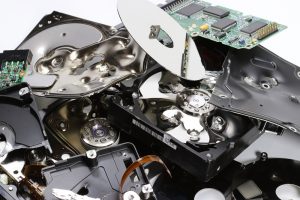 So you’ve had a bit of an office clear out (well done for getting everyone involved – which of our tactics did you use?) and now you’ve got some stuff you need to get rid of. A few (million) boxes of old paperwork, a stack (or several) of redundant CDs, a couple (ok maybe more) of laptops that are beyond repair, enough promotional USB sticks to build a scale model of the Eiffel Tower (there we go).
So you’ve had a bit of an office clear out (well done for getting everyone involved – which of our tactics did you use?) and now you’ve got some stuff you need to get rid of. A few (million) boxes of old paperwork, a stack (or several) of redundant CDs, a couple (ok maybe more) of laptops that are beyond repair, enough promotional USB sticks to build a scale model of the Eiffel Tower (there we go). The Twenties are upon us. But instead of piling into jazz clubs, drinking bootlegged liquor and swooning over Picasso, we’re preparing for a decade driven by technology, speed and a very different set of rules.
The Twenties are upon us. But instead of piling into jazz clubs, drinking bootlegged liquor and swooning over Picasso, we’re preparing for a decade driven by technology, speed and a very different set of rules.  Okay we admit it, we really like destroying things. Obliterating them from the face of the planet. Documents, data, DVDs, hard drives, microfilm, microfiche. There’s never been a moment we haven’t enjoyed annihilating what’s been handed to us. But before you get the wrong end of the proverbial stick, we should clarify exactly what we mean – and, for the purpose of this blog, what we don’t mean – when we say microfiche destruction.
Okay we admit it, we really like destroying things. Obliterating them from the face of the planet. Documents, data, DVDs, hard drives, microfilm, microfiche. There’s never been a moment we haven’t enjoyed annihilating what’s been handed to us. But before you get the wrong end of the proverbial stick, we should clarify exactly what we mean – and, for the purpose of this blog, what we don’t mean – when we say microfiche destruction.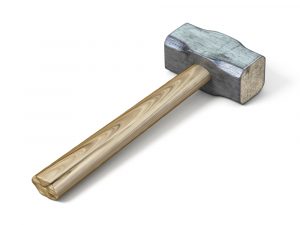 It can seem appealing to erase your own digital footprints. It’s the cartoon pleasure of sweeping a brush behind you as you walk, stopping the bad guys from following you. DIY alternatives to
It can seem appealing to erase your own digital footprints. It’s the cartoon pleasure of sweeping a brush behind you as you walk, stopping the bad guys from following you. DIY alternatives to 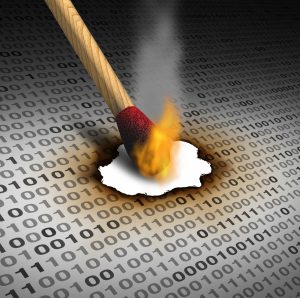 We know what you’re thinking: microfilm destruction sounds like so much fun – can’t I have a go? But just as re-enacting World Wrestling Entertainment can lead to more broken bones than imitators expect, microfilm destruction too is something you should not try at home.
We know what you’re thinking: microfilm destruction sounds like so much fun – can’t I have a go? But just as re-enacting World Wrestling Entertainment can lead to more broken bones than imitators expect, microfilm destruction too is something you should not try at home.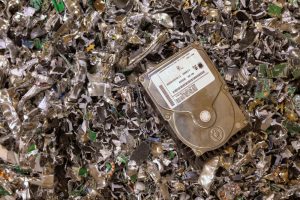 If you’re a doubter or a hater, we understand. On the surface of things, secure data destruction can seem unexciting. But (straight-face on) we think it is fun. “Why?” You may legitimately ask. Well, that’s what we’re here to tell you.
If you’re a doubter or a hater, we understand. On the surface of things, secure data destruction can seem unexciting. But (straight-face on) we think it is fun. “Why?” You may legitimately ask. Well, that’s what we’re here to tell you.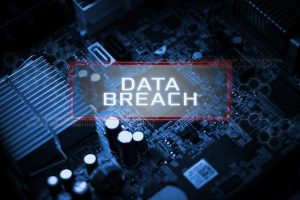 The world has more information in it than ever before. A lot of it is fairly mundane – train timetables and Pink Floyd lyrics and what Sarah had for lunch on Thursday (thanks so much, Instagram). But there is also a lot of highly sensitive information, ranging from individuals’ address details through to launch codes that could destroy the planet.
The world has more information in it than ever before. A lot of it is fairly mundane – train timetables and Pink Floyd lyrics and what Sarah had for lunch on Thursday (thanks so much, Instagram). But there is also a lot of highly sensitive information, ranging from individuals’ address details through to launch codes that could destroy the planet.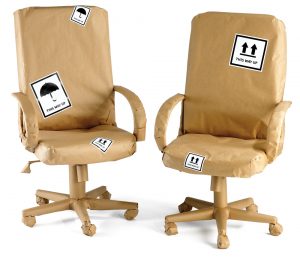 Where do you stand on office moves? Does the thought fill you with excitement and give you an excuse to daydream about the fun new breakout space you’re going to create and the inspirational slogans you could paint artily on the exposed brick walls?
Where do you stand on office moves? Does the thought fill you with excitement and give you an excuse to daydream about the fun new breakout space you’re going to create and the inspirational slogans you could paint artily on the exposed brick walls?  We don’t like to play favourites but we do seem to have attracted a lot of clients from the
We don’t like to play favourites but we do seem to have attracted a lot of clients from the 






